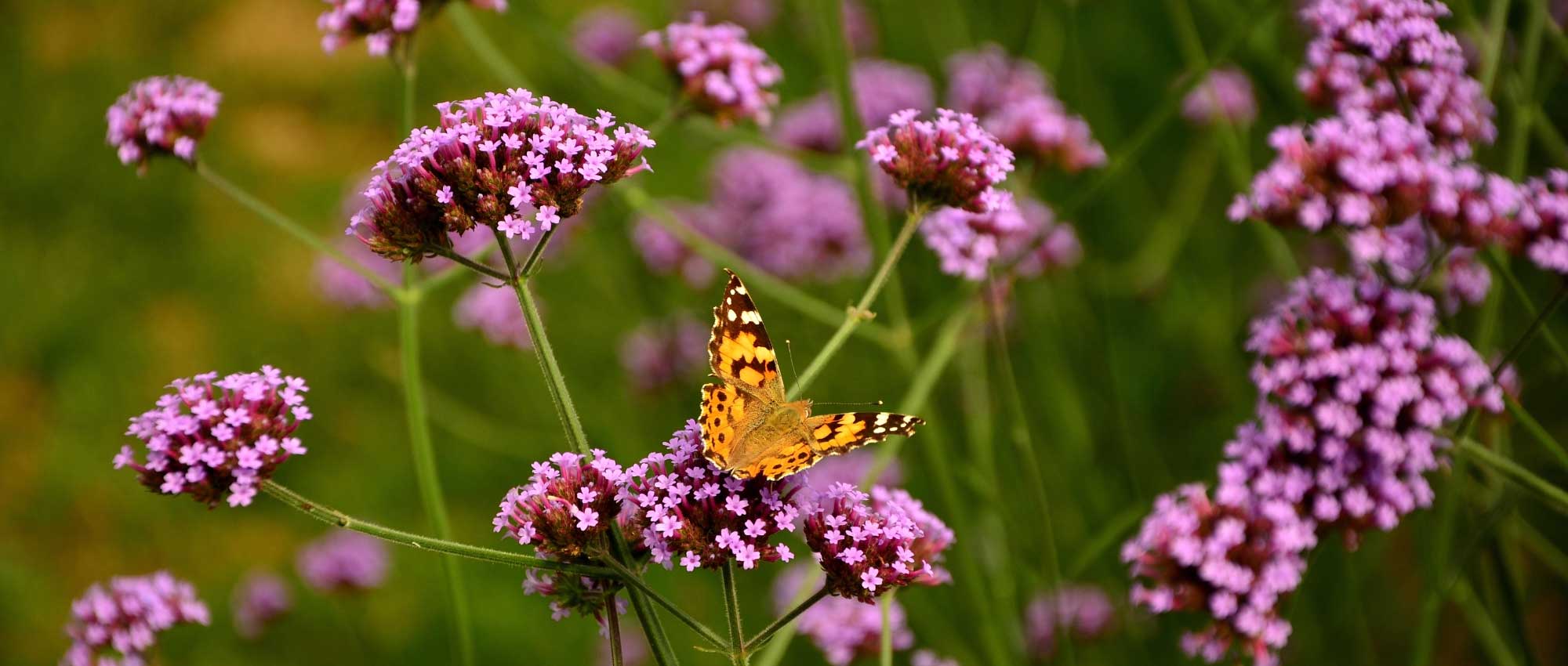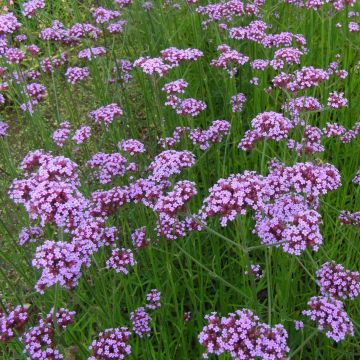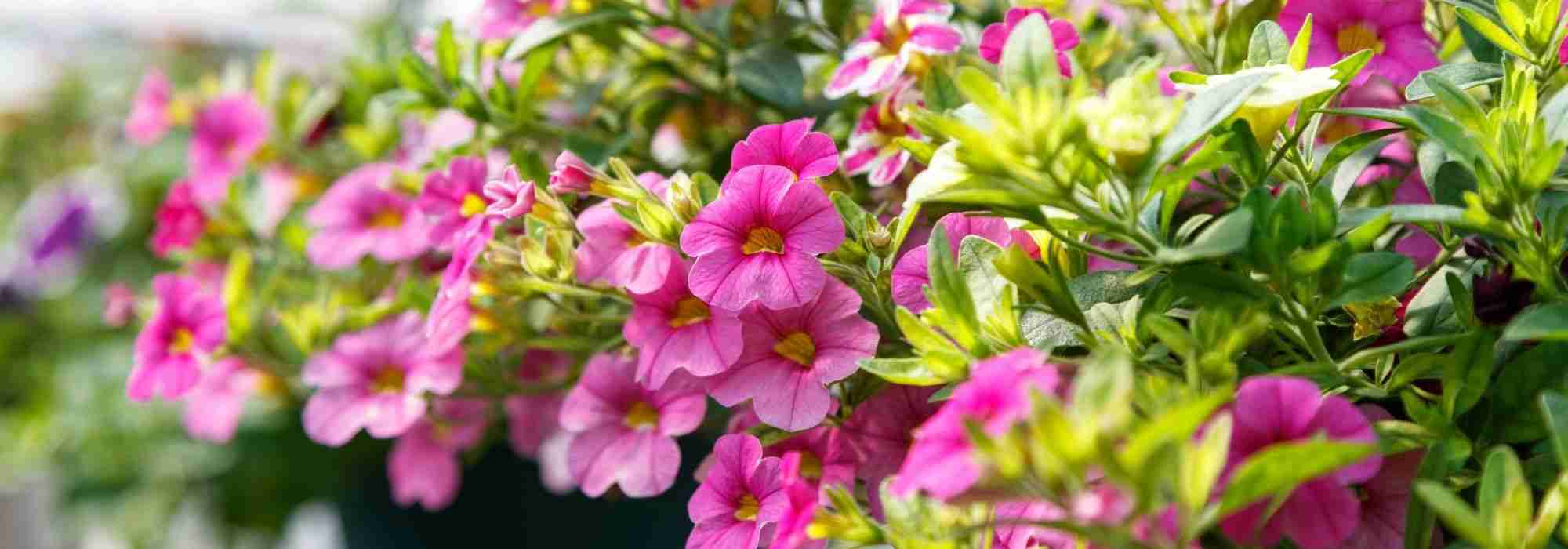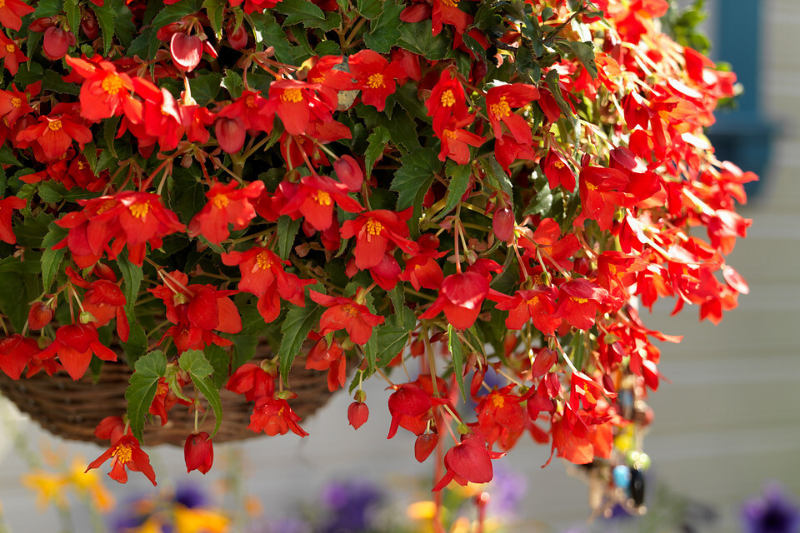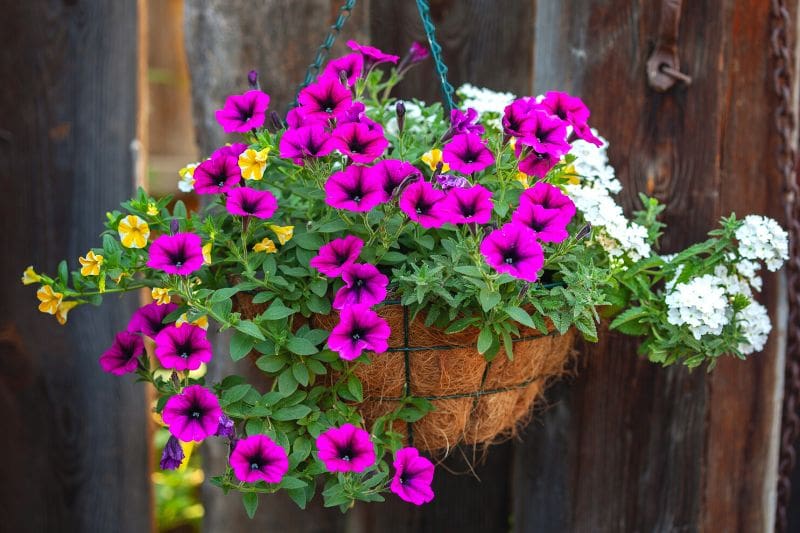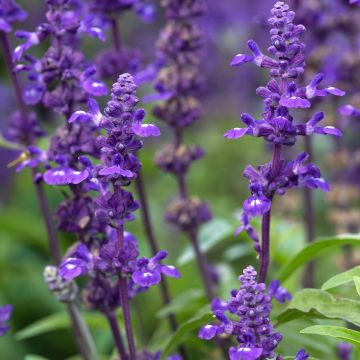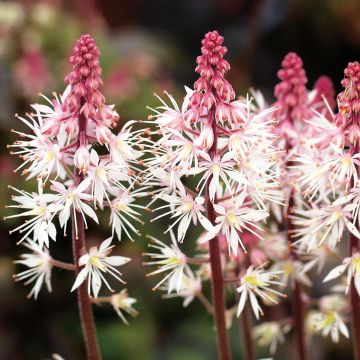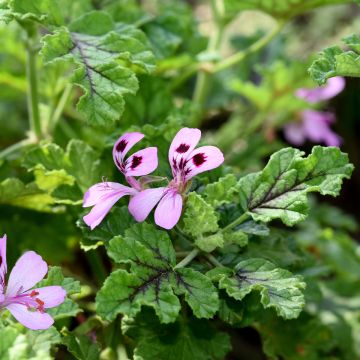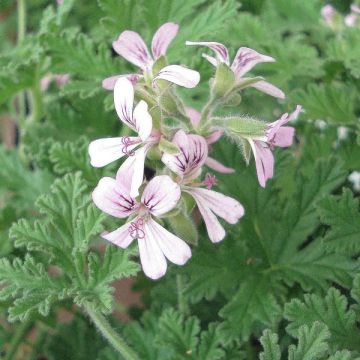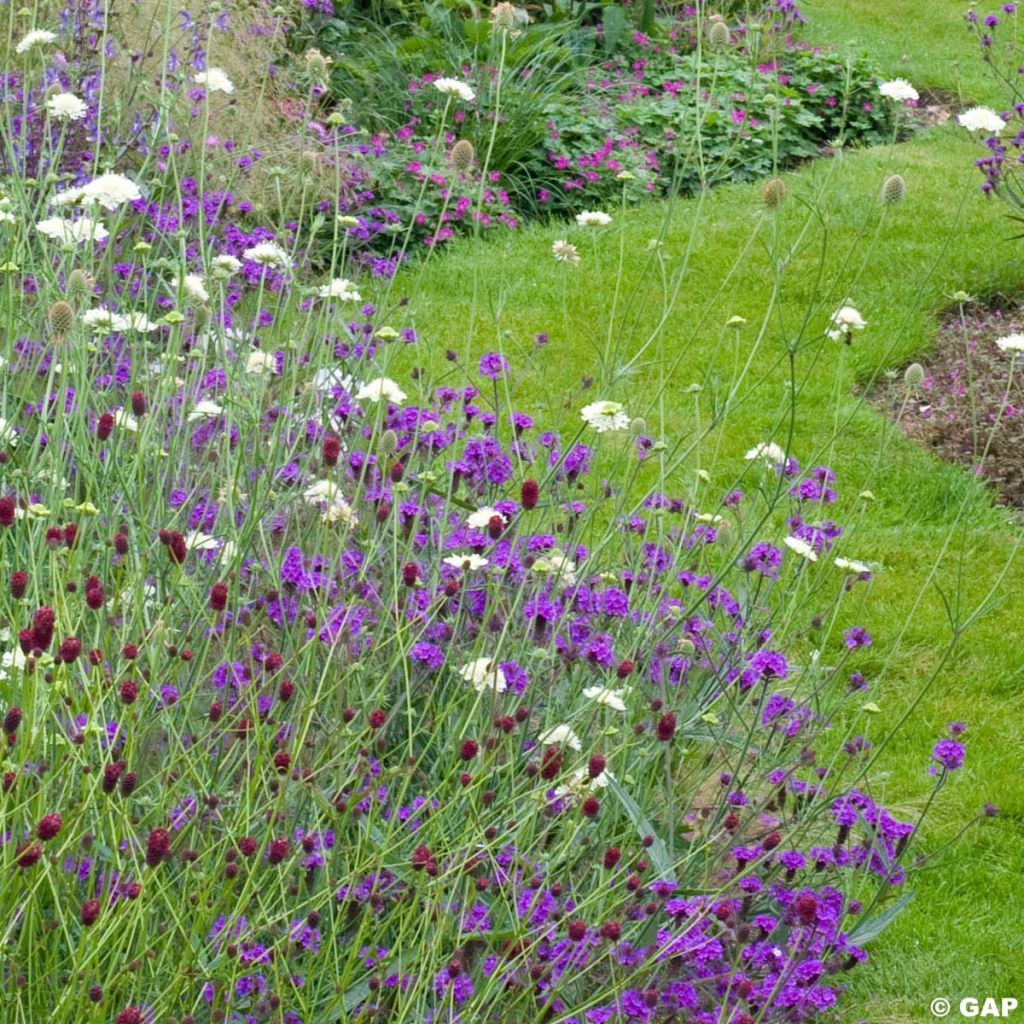

Verbena rigida Venosa
Verbena rigida Venosa
Verbena rigida Venosa
Slender Vervain
Very beautiful plant, very well packaged. Little risk of not surviving.
Yolande , 14/12/2022
Special offer!
Receive a €20 voucher for any order over €90 (excluding delivery costs, credit notes, and plastic-free options)!
1- Add your favorite plants to your cart.
2- Once you have reached €90, confirm your order (you can even choose the delivery date!).
3- As soon as your order is shipped, you will receive an email containing your voucher code, valid for 3 months (90 days).
Your voucher is unique and can only be used once, for any order with a minimum value of €20, excluding delivery costs.
Can be combined with other current offers, non-divisible and non-refundable.
Home or relay delivery (depending on size and destination)
Schedule delivery date,
and select date in basket
This plant carries a 6 months recovery warranty
More information
We guarantee the quality of our plants for a full growing cycle, and will replace at our expense any plant that fails to recover under normal climatic and planting conditions.
Would this plant suit my garden?
Set up your Plantfit profile →
Description
Verbena rigida Venosa, also known as rough vervain or slender vervain, is a very elegant but not very hardy South American perennial plant, displaying dense spikes of strongly scented mauve to bright violet flowers from early summer to the first frost, on dark green foliage. This plant is a boon for coastal gardens and natural areas of the garden. It brings a lot of natural beauty to perennial beds, in dry soil and full sun.
The Verbena rigida Venosa belongs to the Verbenaceae family. It is a perennial with fleshy roots native to Brazil. It has an upright and dense tufted habit, weakly spreading and well-branched. This plant, which has rapid growth, reaches 45 cm (17.7 in) in height and 25 cm (9.8 in) in width within one year of cultivation. Its stems and leaves are rough and glandular, with shaggy hairs. The foliage is evergreen to semi-evergreen depending on the climate, dark green, with rigid and lanceolate leaves measuring 10 cm (3.9 in) in length and 2.5 cm (1 in) in width. Flowering takes place from June to October-November, only interrupted by the first frost. The tiny violet tubular corolla flowers are gathered in corymbs, with the heart appearing darker, at the end of branched stems. They emit a pleasant fragrance that attracts pollinating insects and turn brown when fading. If the climate is mild this plant spreads through its rhizomes, eventually forming beautiful and imposing tufts.
Originating from Brazil, this perennial is frost-sensitive; it does not tolerate severe cold and is often cultivated as an annual due to its rapid growth. However, in practice, it can withstand moderately cold winters in perfectly drained soil, similar to Dahlias. Verbena Venosa is a remarkable plant in the garden: plant in sunny positions and it will make a bright and airy subject in beds and borders. Planting in containers is perfectly possible and will give volume to compositions. Use a universal, loose, lightweight, well-draining, and not too rich substrate for hanging baskets or flower pots. Rough vervain is very undemanding and withstands drought very well.
Recommendation: combine with annuals such as Damask nigella, Phacelia with tansy leaves, or Khella, in large beds.
Verbena rigida Venosa in pictures


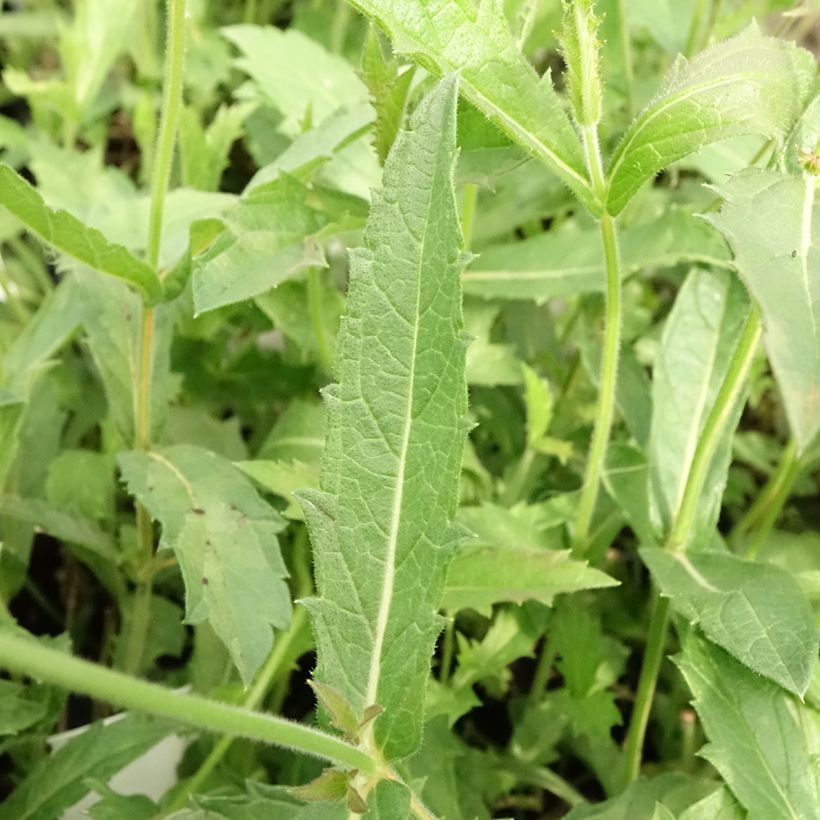

Flowering
Foliage
Plant habit
Botanical data
Verbena
rigida
Venosa
Verbenaceae
Slender Vervain
South America
Other Annual Verbena
View all →Planting and care
Plant Verbena rigida Venosa March-April in a sunny site. It is a good plant for both flowerbeds and pots. Perennial in its native climate, it often struggles to withstand temperatures below -10°C (14 °F) and does not tolerate excessive moisture in winter. For this reason, it is often grown as an annual. In open ground, it is frugal and resistant to drought, but it fears waterlogged soils in winter. In large pots use a garden planting soil or a soil for indoor flowering plants. Watering should be regular while allowing the substrate to dry between applications. Apply fertiliser every 15 days. This plant easily self-seeds in the garden, in light soil. You can dig up the tubers at the end of the season and treat them the same way as Dahlias.
Planting period
Intended location
Care
Planting & care advice
-
, onOrder confirmed
Reply from on Promesse de fleurs
Similar products
Haven't found what you were looking for?
Hardiness is the lowest winter temperature a plant can endure without suffering serious damage or even dying. However, hardiness is affected by location (a sheltered area, such as a patio), protection (winter cover) and soil type (hardiness is improved by well-drained soil).

Photo Sharing Terms & Conditions
In order to encourage gardeners to interact and share their experiences, Promesse de fleurs offers various media enabling content to be uploaded onto its Site - in particular via the ‘Photo sharing’ module.
The User agrees to refrain from:
- Posting any content that is illegal, prejudicial, insulting, racist, inciteful to hatred, revisionist, contrary to public decency, that infringes on privacy or on the privacy rights of third parties, in particular the publicity rights of persons and goods, intellectual property rights, or the right to privacy.
- Submitting content on behalf of a third party;
- Impersonate the identity of a third party and/or publish any personal information about a third party;
In general, the User undertakes to refrain from any unethical behaviour.
All Content (in particular text, comments, files, images, photos, videos, creative works, etc.), which may be subject to property or intellectual property rights, image or other private rights, shall remain the property of the User, subject to the limited rights granted by the terms of the licence granted by Promesse de fleurs as stated below. Users are at liberty to publish or not to publish such Content on the Site, notably via the ‘Photo Sharing’ facility, and accept that this Content shall be made public and freely accessible, notably on the Internet.
Users further acknowledge, undertake to have ,and guarantee that they hold all necessary rights and permissions to publish such material on the Site, in particular with regard to the legislation in force pertaining to any privacy, property, intellectual property, image, or contractual rights, or rights of any other nature. By publishing such Content on the Site, Users acknowledge accepting full liability as publishers of the Content within the meaning of the law, and grant Promesse de fleurs, free of charge, an inclusive, worldwide licence for the said Content for the entire duration of its publication, including all reproduction, representation, up/downloading, displaying, performing, transmission, and storage rights.
Users also grant permission for their name to be linked to the Content and accept that this link may not always be made available.
By engaging in posting material, Users consent to their Content becoming automatically accessible on the Internet, in particular on other sites and/or blogs and/or web pages of the Promesse de fleurs site, including in particular social pages and the Promesse de fleurs catalogue.
Users may secure the removal of entrusted content free of charge by issuing a simple request via our contact form.
The flowering period indicated on our website applies to countries and regions located in USDA zone 8 (France, the United Kingdom, Ireland, the Netherlands, etc.)
It will vary according to where you live:
- In zones 9 to 10 (Italy, Spain, Greece, etc.), flowering will occur about 2 to 4 weeks earlier.
- In zones 6 to 7 (Germany, Poland, Slovenia, and lower mountainous regions), flowering will be delayed by 2 to 3 weeks.
- In zone 5 (Central Europe, Scandinavia), blooming will be delayed by 3 to 5 weeks.
In temperate climates, pruning of spring-flowering shrubs (forsythia, spireas, etc.) should be done just after flowering.
Pruning of summer-flowering shrubs (Indian Lilac, Perovskia, etc.) can be done in winter or spring.
In cold regions as well as with frost-sensitive plants, avoid pruning too early when severe frosts may still occur.
The planting period indicated on our website applies to countries and regions located in USDA zone 8 (France, United Kingdom, Ireland, Netherlands).
It will vary according to where you live:
- In Mediterranean zones (Marseille, Madrid, Milan, etc.), autumn and winter are the best planting periods.
- In continental zones (Strasbourg, Munich, Vienna, etc.), delay planting by 2 to 3 weeks in spring and bring it forward by 2 to 4 weeks in autumn.
- In mountainous regions (the Alps, Pyrenees, Carpathians, etc.), it is best to plant in late spring (May-June) or late summer (August-September).
The harvesting period indicated on our website applies to countries and regions in USDA zone 8 (France, England, Ireland, the Netherlands).
In colder areas (Scandinavia, Poland, Austria...) fruit and vegetable harvests are likely to be delayed by 3-4 weeks.
In warmer areas (Italy, Spain, Greece, etc.), harvesting will probably take place earlier, depending on weather conditions.
The sowing periods indicated on our website apply to countries and regions within USDA Zone 8 (France, UK, Ireland, Netherlands).
In colder areas (Scandinavia, Poland, Austria...), delay any outdoor sowing by 3-4 weeks, or sow under glass.
In warmer climes (Italy, Spain, Greece, etc.), bring outdoor sowing forward by a few weeks.






























